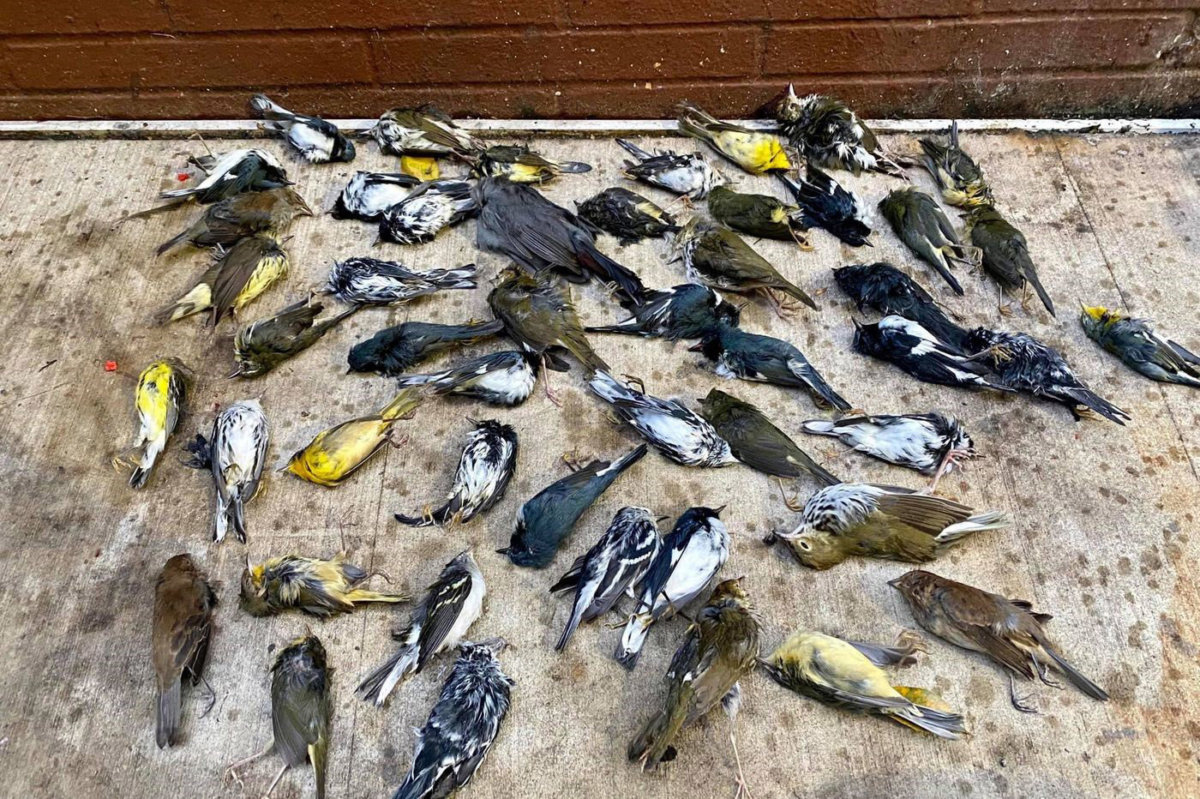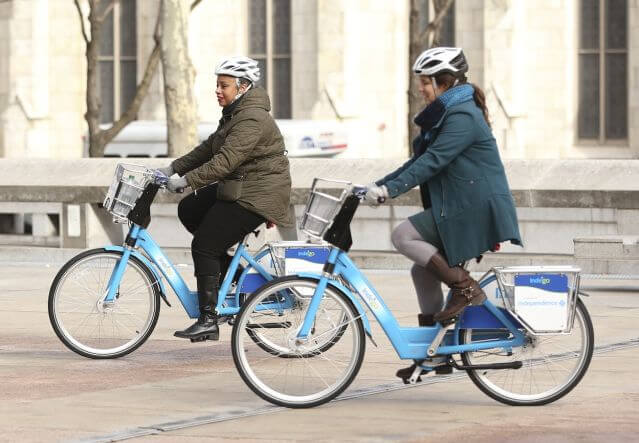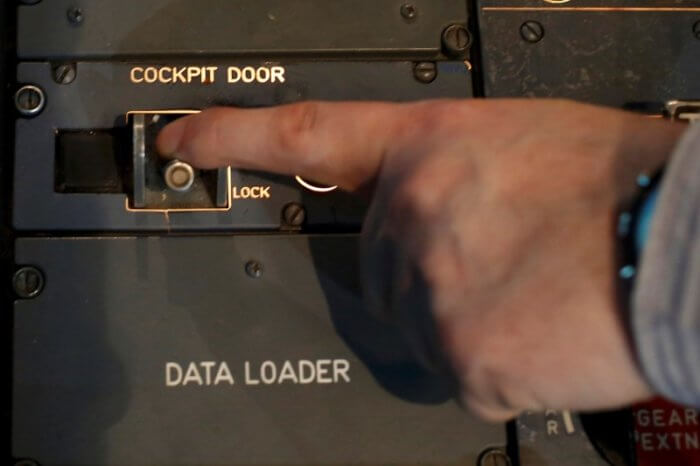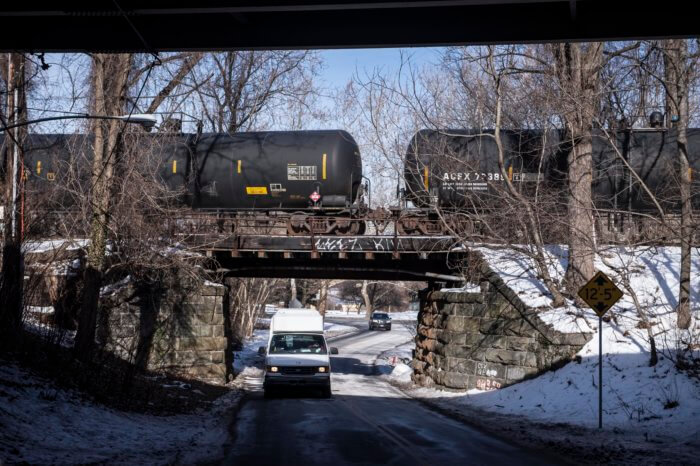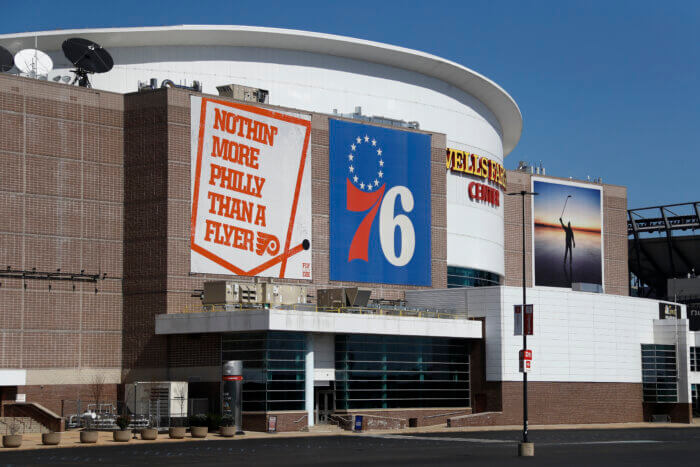Tens of millions of birds travel to Philadelphia as part of their seasonal migration, but not all make it out.
A significant number, confused by artificial lights and reflective glass, fly into buildings. Back in October, more than 1,000 died in Center City in a single day during a rare “mass collision” event.
Following the grisly discovery — a volunteer found 150 dead birds in a three-and-a-half block area — several environmental organizations, including the Academy of Natural Sciences and the Audubon Society, joined forces to find ways to protect migratory birds.
On Wednesday, the coalition, Bird Safe Philly, unveiled a major initiative. In conjunction with the city and the owners and managers of skyscrapers, buildings will begin turning off and dimming lights next month, the start of the peak spring migration season.
“The city has an important responsibility to protect these birds from the things that cause them harm as they pass through our area,” said Keith Russell, urban conservation manager for Audubon Mid-Atlantic.
Some of Philadelphia’s tallest buildings, including both Comcast towers and One and Two Liberty Place, are participating in the program.
Property managers and tenants will be asked to switch off as many indoor and outdoor lights as possible, particularly those in the building’s lobby, atrium and upper floors between midnight and 6 a.m. from April 1 to May 31.
During the fall migration, when birds travel south for the winter, the lights advisory will be in place from Aug. 15 to Nov. 15.
Dubbed Lights Out Philly, the effort is based on a national initiative that began in Chicago in 1999 and has spread to more than 30 cities across the country.
It is voluntary, and landlords and tenants do not receive any incentives besides potential energy bill savings.
“The lights out initiative also will help contribute to the city’s climate goals,” which include carbon neutrality by 2050, said Christine Knapp, director of the city’s sustainability office.
“We believe these behavioral changes will really help to remind folks of the importance of energy efficiency and help those behaviors become more common practices,” she added.
The Building Owners and Managers Association Philadelphia and the Building Industry Association of Philadelphia have endorsed the plan.
Bird Safe Philly believes city-wide buy-in could prevent 80% of the bird deaths caused by collisions.
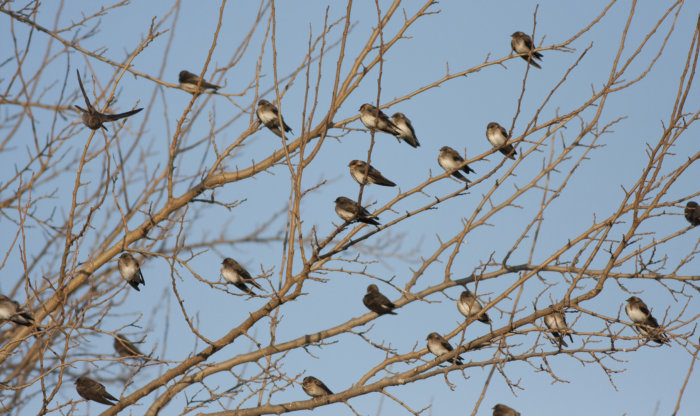
Scientists in Philadelphia began noticing the problem of birds crashing into buildings as early as the 1890s.
Researchers have found that more than 100 bird species have been killed by windows in the city, with the most common being Ovenbirds, Common Yellowthroats, White-throated Sparrows and Gray Catbirds, according to Bird Safe Philly.
Russell said such deaths pose a serious threat to the survival of many bird species, some of which are already under pressure from climate change.
Most of the species travel at night, and they are attracted to the light and unable to distinguish between glass and open air.
Philadelphia, Russell said, falls along the Atlantic Flyway, a major route for migrating birds that travels the length of North America.
About 300 different bird species have been documented in the city. A 2012 study counted more than 735,000 individual birds over the course of 13 days in September within a 1-kilometer area in North Philadelphia.



